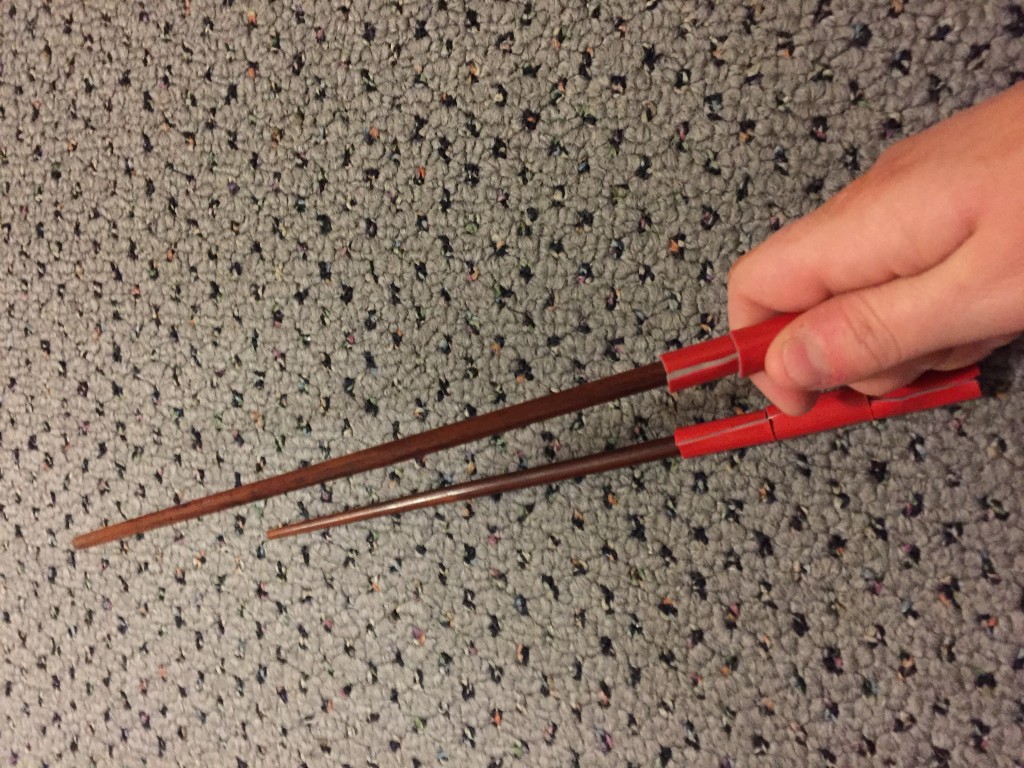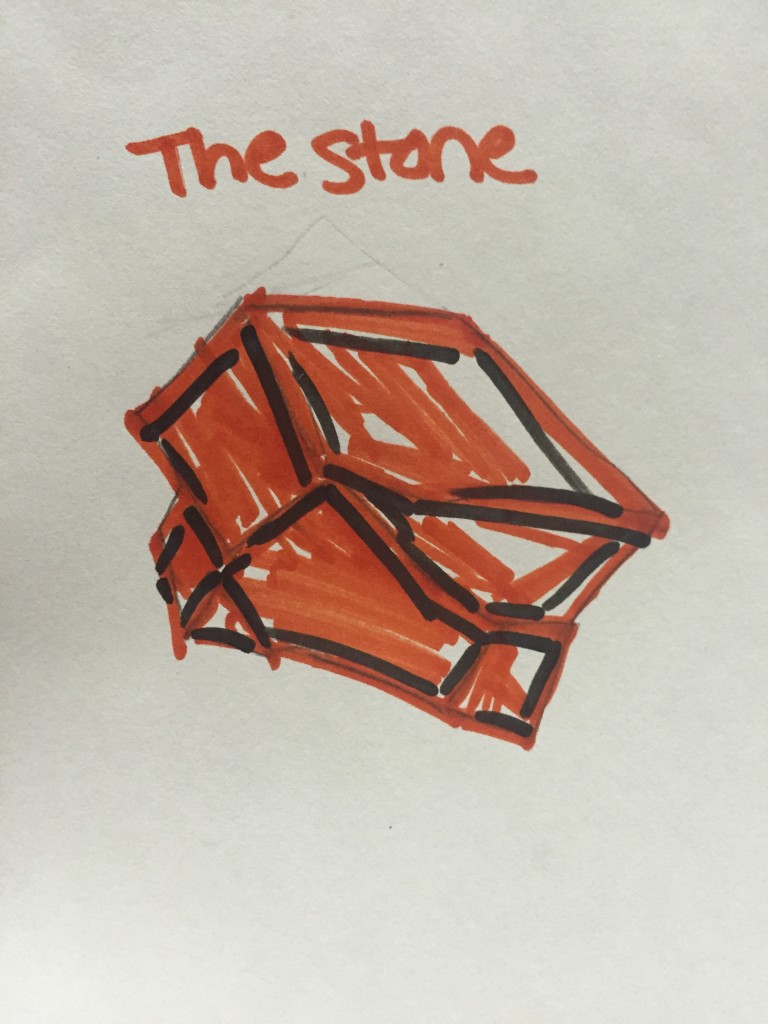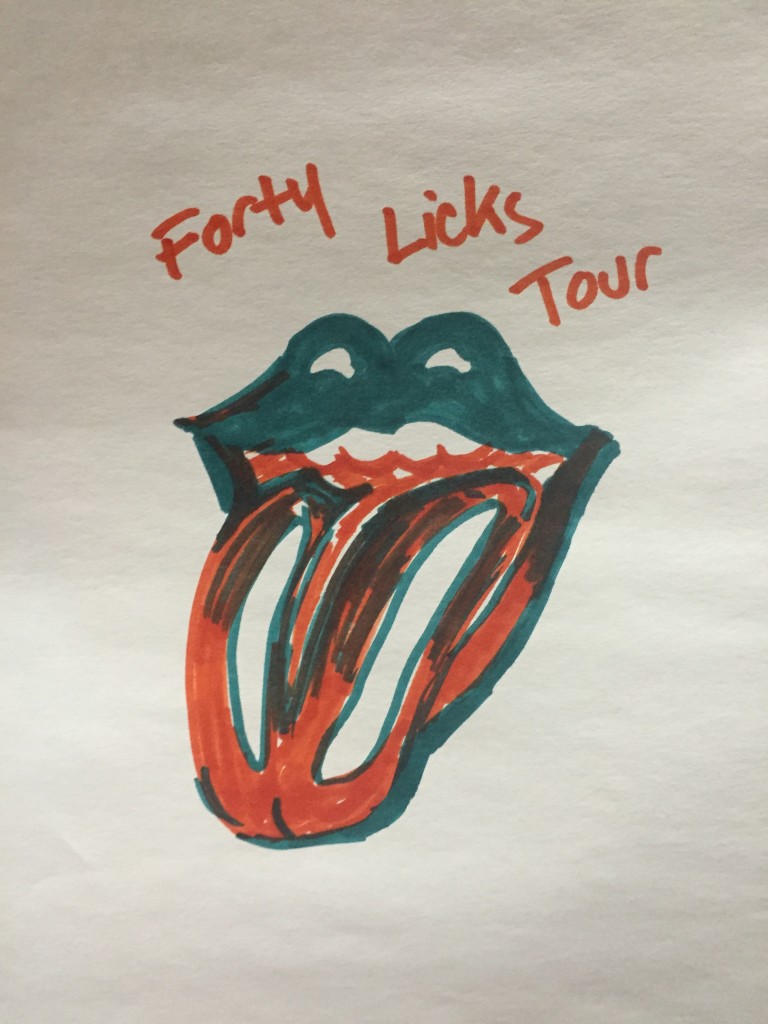Keep it:
Blindly leading the audience. It worked really well, and I think we should continue to explore options in blurring the performer/audience. Madeline was talking about only doing the leading for a few people, and I think thats an interesting idea to explore–only having a few people participate in each of the pieces while the rest observe. I really like experimenting with form, and I want to continue that. I also want to keep the concept of failure (but I think we should expand outward and get more than just that–someone was talking about relationship between failure and success and i think that would be cool).
Leave it:
The museum exhibit style showing was a bust and I think it’s gotta go (at least in the form it last took). I do like the idea of working in a space like the directing studio rather than a real theatre because it further distorts audience/performer relationship, but I’d be open to explore other options. I think if we do keep the same space, we should avoid showing videos on ipads–it created a weird space where not everyone was in tune to their surroundings. It just felt off. In general, the more static work i think just doesn’t have a place anymore as objects in an of themselves. That being said, they explore really interesting ideas and it would be good to use them as stepping stones to new pieces or incorporate them into performances.
Want it:
I think there should be one on one performing. When we separated people from the group (like jackson’s closet), it became a much more personal experience. I also want more of a unifying aesthetic and general direction. Because we’re experimenting with form (which i really like), I don’t know whether having a narrative would just complicate things in a bad way. That doesn’t mean we shouldnt have a general path or message or experience that we want the audience to see. I also think it’s time to stop creating work individually and in small teams of students–our work is very disjointed because of individual creations, which was cool in the early stages; but if we want create a more unified piece, it would help to have smaller groups of students. Probably not splitting the class in two–not everyones voice is heard in larger groups. I think perhaps we should look at creating pieces with context in mind–say we decide on a theme, a narrative. The david carter stories are great, but as others were saying in their posts, it didn’t present the way we were hoping so perhaps using those stories as a basis for a performance would be interesting. It would create much more flow if we are thinking as we make it WHERE we want to take the piece next.
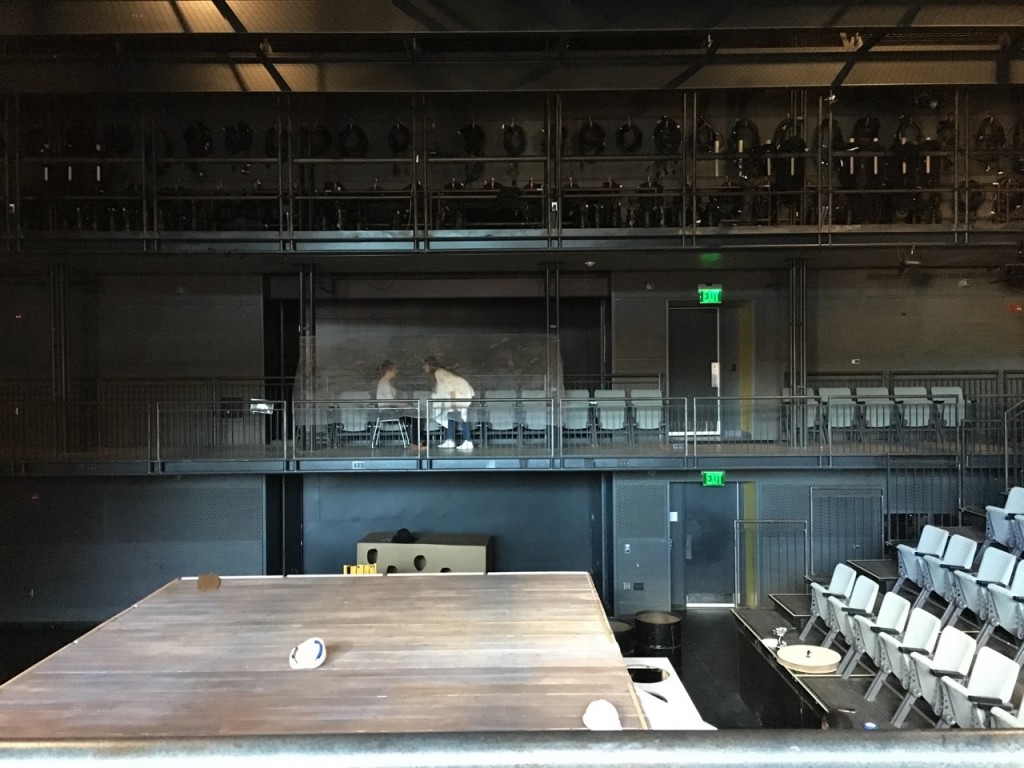
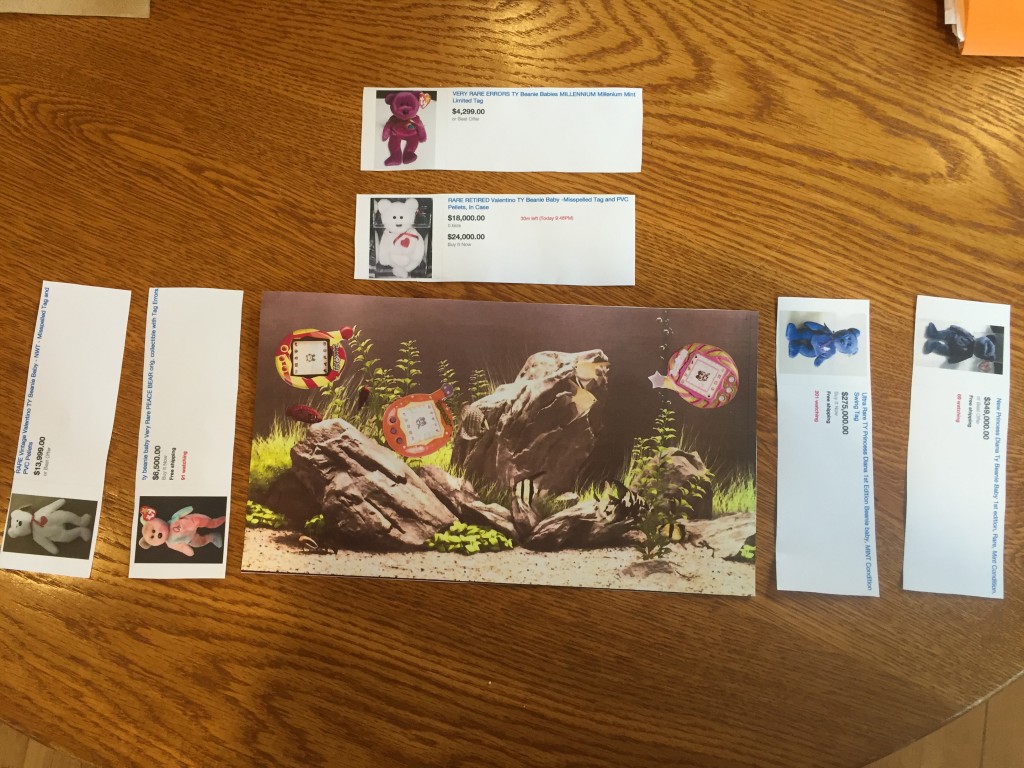
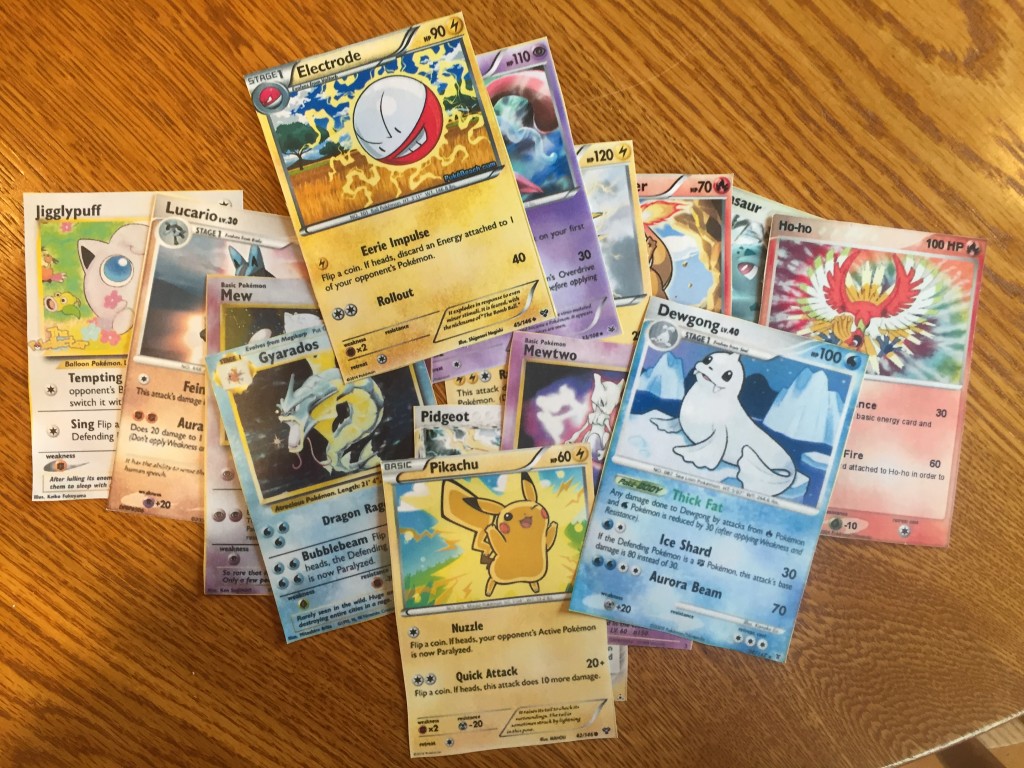

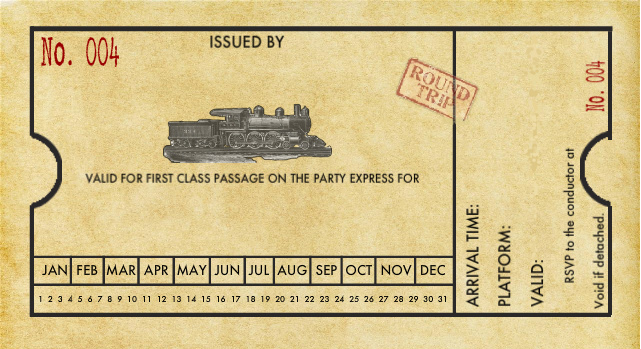 *all aboard the party express*
*all aboard the party express*
